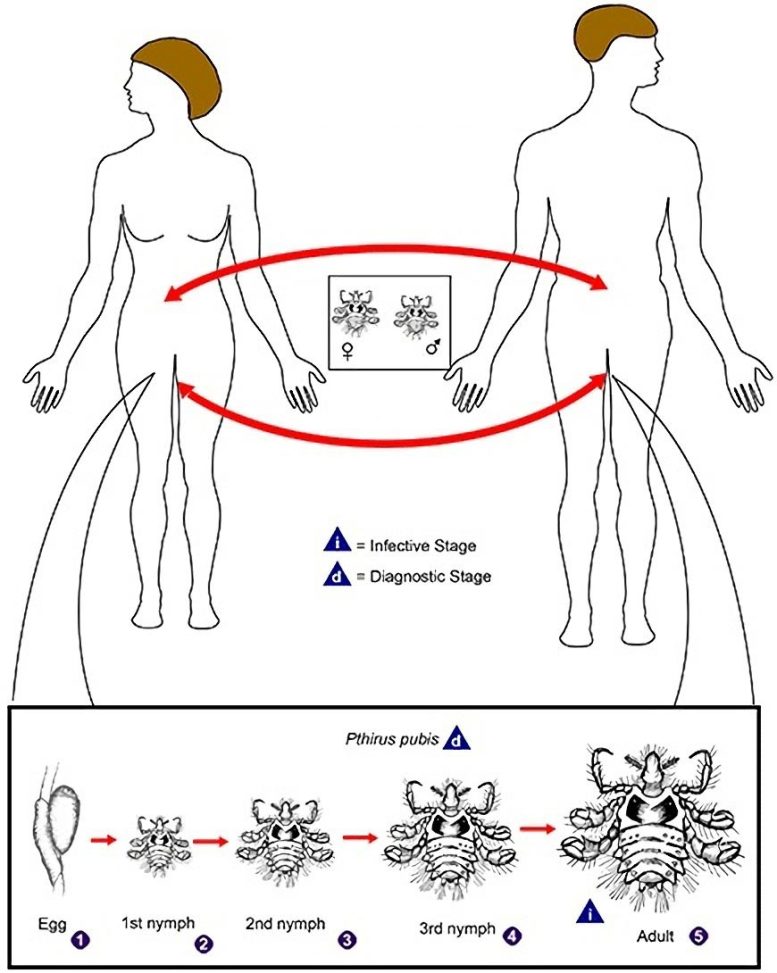
It appears that college students, and the general public, have one less sexually transmitted health issue to worry about. Recent reports indicate that pubic lice, the crab-shaped insects that dwell in the human groin area, are on the decline. Scientists have noted that the recent trend in pubic hair removal, such as Brazilian bikini waxing, may play a major role in this decline.
Citing surveys and research by other scholars, scientists at Kenyon College in Gambier, Ohio, reported in a 2011 study that a majority of college men and women in the U.S. and Australia remove all or part of their pubic hair. Other research from the U.K. shows that 99 percent of women older than 16 years remove some hair from the underarms, legs, and pubic area. And Sydney Australia’s main sexual health clinic hasn’t seen a woman with pubic lice since 2008 and male cases have fallen 80 percent from about 100 a decade ago.
Reference: “Gender, Self-Objectification and Pubic Hair Removal” by Linda Smolak and Sarah K. Murnen, 8 January 2011, Sex Roles.
DOI: 10.1007/s11199-010-9922-z
Never miss a breakthrough: Join the SciTechDaily newsletter.
2 Comments
Thanks for the article. I’ll be traveling next week to Rio and I’ll keep a keen eye on the groin of my partners. Only totally bald girls admitted.
great post